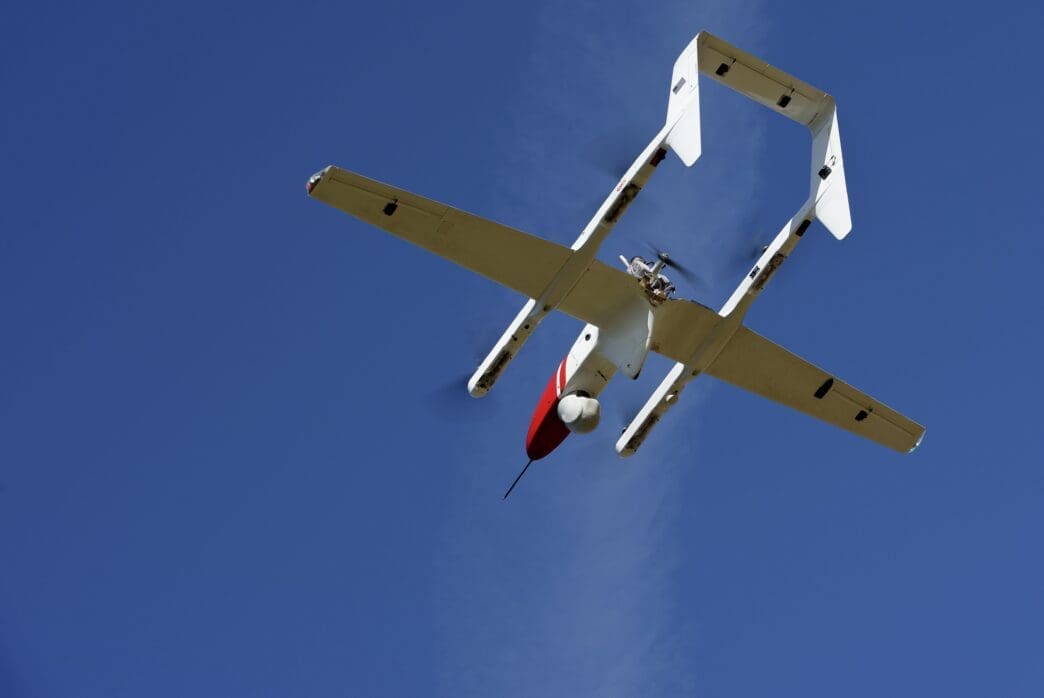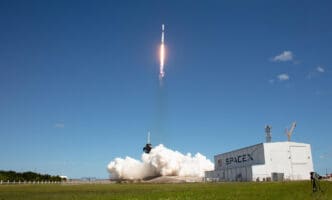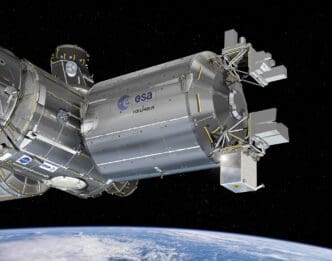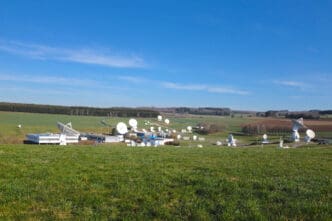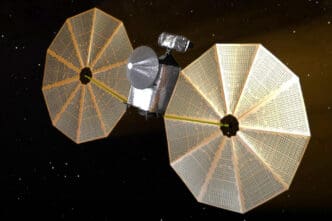Flying through smoky skies might be soon easier, thanks to NASA’s fascinating tech advancements. Imagine drones extinguishing wildfires even when it’s too dark to see! Yes, NASA is teaming up with the wildfire community to make this a reality.
With technology that could change the face of firefighting, NASA’s latest tests are aiming to tackle wildfires from above, any time of day. It seems like something out of a sci-fi movie, right? But not for long.
The project is called ACERO, and it’s all about using drones and other aircraft to help fight fires during the night. This could save lives and precious natural resources. Let’s dive into the details.
The ACERO Project Takes Flight
In a bold move, NASA has embarked on a journey to revolutionize firefighting with their new ACERO project. It’s all about using drones to handle the furry flames of wildfires at any time of day. The unmanned aircraft systems, including drones and helicopters, are being kitted out with cutting-edge tech to ensure they can operate round-the-clock. Forget about the sun or clear skies being the only friends of firefighting aircraft. We’re talking about systems that can navigate through smoke, night, and chaos with unparalleled precision.
Beyond Daylight: Tech to Fight Night Fires
NASA’s project isn’t just tweaking existing tech – it’s introducing groundbreaking tools for night-time operations. Imagine having airspace management technology that allows drones to swoop in and out during the dead of night! Current firefighting planes are like vampires; they need the sun. This new system? It’s a night owl.
Over the past year, NASA’s team of pioneers has been crafting this system to help guide drones safely through wildfire missions. And the excitement is palpable! Just think – an airspace management system the size of a suitcase that tells drones where to go, senses other aircraft, and communicates with the ground team with military precision. It’s a game-changer.
The NASA crew hasn’t just sat around dreaming; they’ve been in action mode. At NASA’s Langley Research Center in Virginia, aerial coordination skills were put through their paces. Researchers were eager to prove the PAMS units could share and digest vital data, weaving a net of communication among themselves.
Real-Life Challenges, Real-Life Solutions
Testing has been intense. At the Ames Research Center in Silicon Valley, scientists set up PAMS units to see if they could ‘talk’ to each other like best pals across a room – without a visible line of sight. Astonishingly, they did just that!
Next on the agenda was testing out in California. It was all about proving that airborne communication relays could synchronize with PAMS and drones. The scene was buzzing with excitement! Imagine drones and PAMS units trading flight plans and logging information like seasoned air traffic controllers. That’s exactly what happened. Communication relays managed to send and receive data, even when pilots went rogue, flying outside approved areas.
A Flight Plan for Tomorrow
Imagine submitting a flight plan and then deciding, ‘Let’s shake things up!’ Pilots did just that, with PAMS picking up every deviation from the plan. A modern marvel? You bet!
With tests completed, the project is gathering steam – and the future looks bright, even in the darkest night. Pilots will have more control, more information, and more flexibility to tackle wildfires head-on, no matter the hour.
Breaking New Ground in Communication
No fire can hide when drones act as communication warriors. NASA’s test runs showed that communication radios aboard drones seamlessly worked with ground units.
Drones became trusted couriers of vital info, linking flight plans and gathering data safely back to the ground. It’s amazing how these machines navigate, swap information like seasoned aviators, and display relevant data like seasoned pros. Pilots finally have what they need to stay ahead of wildfires, be it weather changes or fire location updates. The potential? Huge.
The Heroic Quest for Safety
About safety, even in unthinkable scenarios, NASA’s operations twirl the baton of innovation. This year, the PAMS tech will undergo further evaluation. Each flight plan filed, each communication relayed adds a building block to preventing havoc.
Min Xue, a mind behind the ACERO project, remarked, ‘Technologies like these will save more lives and homes.’ That’s where the golden line of progress meets the darkest, dangerous plumes of smoke.
With eyes wide open and systems finely tuned, NASA’s mission embarks on greater challenges. From advanced planning to resilient execution, the collaboration between technology and human resolve blazes an inspiring trail for future firefighting strategies.
NASA’s Vision for Future Wildfires
Just imagine drones efficiently dodging towering flames and smoky skies, relaying battle plans like pros. Well, NASA’s meticulously stitched technology blueprint does just that.
By placing technology into firefighters’ hands, NASA’s approach not only speeds up response but also enhances precision. With structured, organized airspace, it ensures safer skies.
Gone are the times when fiery encounters remain invincible. Thanks to platforms like PAMS, the sky is no longer the limit but a field of coordinated resolve. Leaders prepare their next steps as fire management takes on new heights.
Testing the Limits: Coordinated Flying
Coordinated flying becomes paramount. PAMS units, twinkling with potential, connect with drones and ground networks fearlessly.
Drones, acting as guides, thread through the air, and information streams from one PAMS unit to another. Each signal dances to the rhythm of shared objectives.
Future ambitions take flight as NASA prepares to transform these insights into robust strategies for firefighting nearby and far beyond.
Path Ahead: Readying for the Wild
Looking ahead, NASA’s team readies themselves for more in-depth evaluations. More flights, more tests, more tech. The wildfire arena demands nothing less.
As technology leaps, they envision a horizon where drones become invaluable allies in wildfire management worldwide.
Imagine drones leading the charge against the fiercest flames! This isn’t a mere wild idea. It’s a vision, coming to life, aiming to extinguish what wildfires spark.
Into the Future of Firefighting
In a world filled with uncertainties, precision is vital, especially in wildfire situations. Technology and teamwork come together to rewrite history.
NASA, with its innovative strategies, prepares us for future adversities. Combining efforts for an unparalleled firefighting future, the agency sets trajectories for success.
Leading by example, NASA proves how drone technology can be life-changing. Tomorrow’s firefighting strategies hinge on today’s testing and resilience.
With NASA pushing the boundaries of firefighting technology, fires face a formidable opponent. These advances promise a safer future.
The agency continues to inspire through innovation, providing firefighters with the tools needed to battle blazes year-round. Together, technology and tenacity ignite a hopeful tomorrow for the firefighting community.


